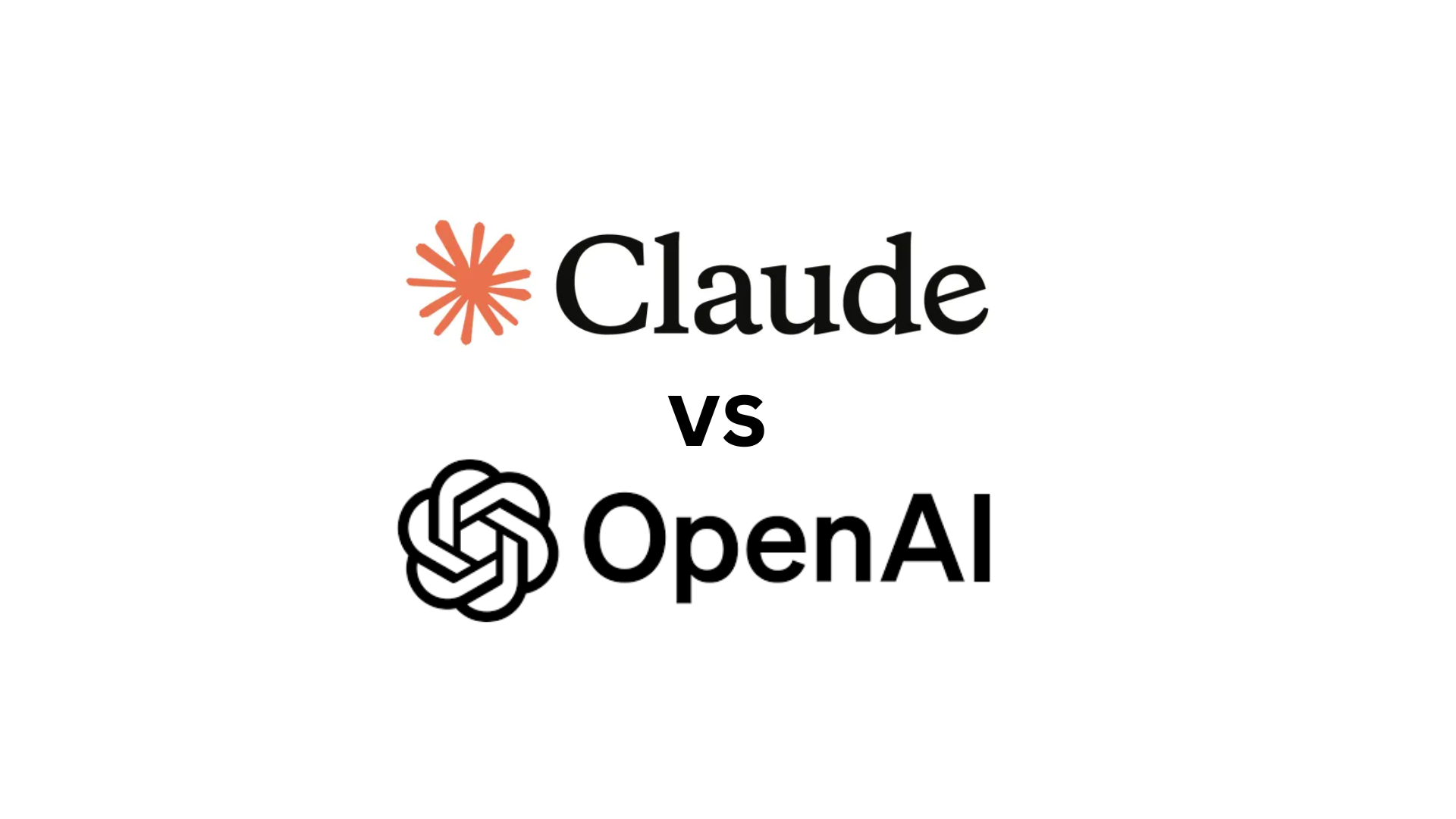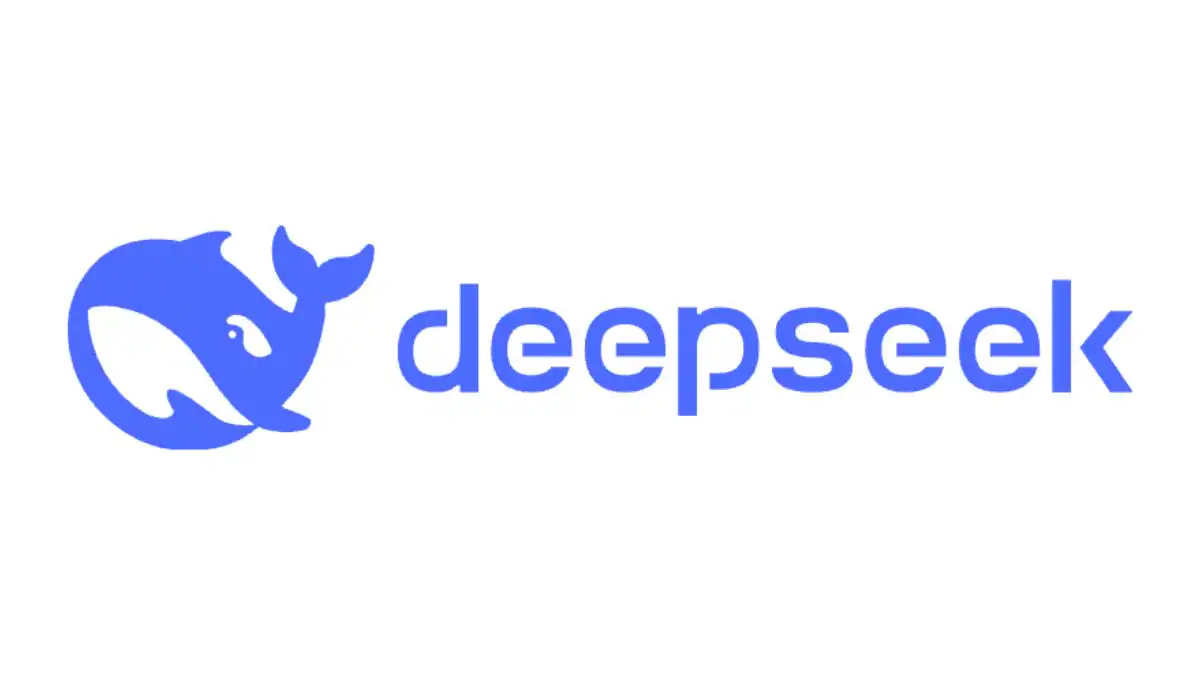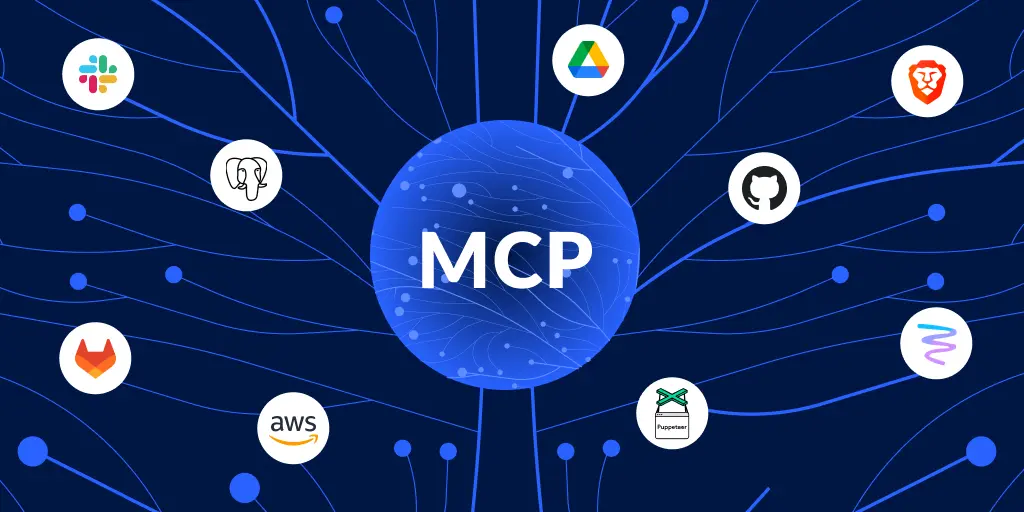The rapid evolution of large language models (LLMs) is reshaping many industry sectors by enabling sophisticated reasoning, faster response times, and lower operational costs. In this analysis, we examine two state-of-the-art models: OpenAI’s o3-mini and Anthropic’s Claude 3.7 Sonnet. While o3-mini is designed specifically for STEM tasks—offering optimized text-based reasoning, code generation, and rigorous problem solving—Claude 3.7 Sonnet is Anthropic’s balanced offering that emphasizes robust general-purpose intelligence alongside ethical and constitutional AI safeguards.
Both models target overlapping use cases but follow distinct design philosophies. OpenAI’s approach builds on extensive research in reducing latency while minimizing costs for technical tasks. In contrast, Claude 3.7 Sonnet leverages Anthropic’s “constitutional AI” framework to ensure ethically aligned outputs and to balance performance across diverse domains.
This report provides a comprehensive comparison along several key dimensions: technical architecture, performance benchmarks, developer integration, market positioning, and strategic implications. By understanding the nuances of each model, developers and decision makers can better choose the appropriate tool for their specific application—whether that is high-precision STEM tasks or broader, general-purpose AI applications.
2. Technical Architecture Comparison
2.1 OpenAI o3-mini Architectural Innovations
OpenAI’s o3-mini is touted as a “game-changer” in the AI landscape. Built specifically to cater to STEM applications, its architecture focuses on three tiers of reasoning effort—low, medium, and high—to optimally balance speed and depth of analysis. This design makes it adaptable to a range of tasks from simple queries to in-depth problem solving.
Key architectural highlights include:
-
Simulated Reasoning:
The model uses multiple internal processing cycles—often described as a “private chain-of-thought”—allowing it to internally verify and refine its answers. This simulated reasoning mechanism helps reduce major errors by up to 39% compared to its predecessors. -
Token Efficiency and Cost Optimization:
With streamlined processing that results in approximately 63% lower costs compared to previous iterations (such as o1-mini), o3-mini is designed to democratize access and reduce resource consumption. -
Developer-Centric Features:
Integrated functionalities such as function calling, structured outputs, and built-in API support make it straightforward for developers to integrate this model into existing workflows.
Below is a Mermaid diagram that illustrates the high-level processing steps within o3-mini:
flowchart TD
A["User Input"] --> B{"Select Reasoning Effort"}
B -->|Low| C["Fast, Lightweight Processing"]
B -->|Medium| D["Balanced Processing"]
B -->|High| E["Deep Simulated Reasoning"]
C --> F["Structured Output Generation"]
D --> F
E --> F
F --> G["API & Application Integration"]
This diagram reflects how o3-mini adjusts its resource allocation based on the selected reasoning mode to produce solutions that are both accurate and cost-effective.
2.2 Claude 3.7 Sonnet Architectural Approach
While detailed internal documentation on Claude 3.7 Sonnet is less extensive in the provided materials, recent trends in Anthropic’s model development provide insights into its architecture. Here are the core anticipated features:
-
Constitutional AI Framework:
Claude 3.7 Sonnet builds on a constitutional approach that ensures outputs remain ethically bounded and aligned with a set of pre-defined human values. This “ethical guardrail” is integral to preventing harmful outputs in sensitive applications. -
Balanced Reasoning:
Instead of focusing solely on STEM tasks, Claude 3.7 Sonnet aims to provide competent performance across diverse domains such as legal analysis, multilingual tasks, and conversational contexts. It is designed with a longer context window (often exceeding 200K tokens) to support complex narrative processing. -
Multimodal Input Processing:
Although not as specialized in visual reasoning as some models, Claude 3.7 Sonnet incorporates basic multimodal capabilities. This enhances its versatility when compared to highly specialized models while maintaining an emphasis on robust text generation.
The following Mermaid diagram provides an overview of the conceptual processing pipeline that underpins Claude 3.7 Sonnet:
flowchart LR
A["User Input"] --> B["Constitutional AI Layer"]
B --> C["Ethical Constraint Check"]
C --> D["Contextual and Multimodal Processing"]
D --> E["In-Depth Reasoning & Output Generation"]
E --> F["Final Output"]
In this architecture, the added “Ethical Constraint Check” is a unique step that distinguishes Claude 3.7 Sonnet from traditional models, ensuring that the model’s responses align with broader societal and ethical standards.
2.3 Comparative Architectural Overview
| Feature | OpenAI o3-mini | Claude 3.7 Sonnet |
|---|---|---|
| Primary Focus | STEM tasks, coding, mathematical reasoning | General-purpose intelligence with ethical safeguards |
| Reasoning Modes | Three-tier (Low/Medium/High) simulated reasoning | Unified internal reasoning with constitutional oversight |
| Key Innovations | Private chain-of-thought, cost reduction by 63% | Constitutional AI framework, enhanced ethical guardrails |
| Context Window | 200K tokens | Estimated 200K+ tokens |
| Developer Tools | Function calling, structured outputs, integrated APIs | Advanced prompt engineering, multi-constraint processing |
This comparative table underlines that while both models strive for excellence across several processing dimensions, their core design intents differ—o3-mini excelling especially in technical and STEM scenarios, and Claude 3.7 Sonnet prioritizing balanced general intelligence with a strong ethical lens.
3. Performance Benchmarks and Capabilities
Benchmark results and performance evaluations provide a quantitative measure of how these models perform under rigorous test conditions. Although OpenAI’s o3-mini has been heavily benchmarked in STEM areas, estimated data for Claude 3.7 Sonnet are drawn from the progression observed in the Claude family.
3.1 STEM-Related Benchmarks
OpenAI’s o3-mini is renowned for its outstanding performance in technical assessments. Key benchmarks include:
-
American Invitational Mathematics Examination (AIME):
o3-mini (high effort) achieved accuracy levels as high as 96.7%, demonstrating its superior mathematical reasoning abilities. -
Codeforces (Coding Challenge):
With Elo ratings reaching 2727, o3-mini significantly outperforms earlier models such as o1-mini, making it ideal for complex algorithmic problem solving. -
GPQA (PhD-Level Science Queries):
On the GPQA benchmark, o3-mini recorded 79.7% accuracy, indicating robust capabilities in handling advanced scientific questions.
Below is a table summarizing these STEM benchmarks:
| Benchmark | o3-mini (High Mode) | Claude 3.7 Sonnet* (Estimated) |
|---|---|---|
| AIME Mathematics | 96.7% | ~82.3% |
| Codeforces Elo | 2727 | ~2450 |
| GPQA (Science) | 79.7% | ~73.5% |
| SWE-bench Coding | 71.7% | ~68.9% |
*Data for Claude 3.7 Sonnet are estimated based on trends in the Claude family and comparable benchmark performance.
3.2 General Reasoning and Multitask Performance
In addition to STEM, general-purpose reasoning benchmarks evaluate a model’s performance in diverse tasks such as language understanding, commonsense reasoning, and knowledge tests:
| Benchmark | o3-mini | Claude 3.7 Sonnet* |
|---|---|---|
| MMLU (Massive Multitask) | 86.9% | ~89.2%* |
| HellaSwag (Common Sense) | Not available | ~93.1%* |
| Language Proficiency | Supports 15 languages | Supports 25+ languages* |
| Response Latency | 24% faster than o1 | Comparable to prior Claude versions |
*Estimates based on improvements observed in previous versions and statements from Anthropic’s product releases.
3.3 Analysis of Benchmark Trends
From the collected data, several key trends emerge:
-
Technical Dominance:
OpenAI’s o3-mini clearly leads in specialized STEM benchmarks, a direct reflection of its optimized architecture for math, coding, and scientific queries. -
General Reasoning Competence:
Claude 3.7 Sonnet appears to edge ahead in broad-spectrum tasks such as MMLU and commonsense benchmarks, suggesting that its architectural focus on ethical and balanced AI pays dividends in varied testing scenarios. -
Response Efficiency:
The cost-efficiency of o3-mini is particularly notable; its lower token pricing (input at $1.10 and output at $4.40 per million tokens) provides a significant economic advantage, especially under high-use conditions. In comparison, preliminary estimates place Claude 3.7 Sonnet at higher operational costs.
Collectively, these benchmarks indicate that while both models excel in their respective specialties, the choice between them may depend on the specific domain of application—be it specialized technical problem solving or broader, more ethical, and general-purpose tasks.
4. Developer Experience and Ecosystem Integration
One of the most influential factors for adoption in real-world applications is how well the model integrates with developer tools and existing enterprise ecosystems.
4.1 OpenAI o3-mini for Developers
OpenAI’s o3-mini has been designed with a developer-first approach. Key aspects include:
-
API and SDK Integration:
o3-mini is accessible via ChatGPT, the Chat Completions API, and Batch API. It is also available through Microsoft Azure’s OpenAI Service, meaning enterprise developers can leverage existing cloud infrastructure for integration. -
Function Calling and Structured Outputs:
By incorporating advanced features such as function calling, developers can build applications that require dynamic tool generation (e.g., code interpreters, data analysis scripts). This is particularly useful in creating applications that require realtime reasoning and adaptive problem solving. -
Flexible Reasoning Modes:
The availability of three reasoning tiers (low, medium, high) allows developers to tailor the response depth according to their application needs. For example, quick queries like code snippet generation might use the low mode, while complex mathematical problems can employ the high mode.
Below is a Mermaid diagram outlining the developer workflow using o3-mini:
flowchart TD
A["Developer Request"] --> B["API Call to o3-mini"]
B --> C["Select Reasoning Mode (Low/Medium/High)"]
C --> D["Model Processes Request"]
D --> E["Output with Function Calling & Structured Data"]
E --> F["Developer Integrates Output into Application"]
- Cost and Accessibility:
The model’s pricing makes it especially attractive for small businesses and independent developers. With rates set at $1.10 per million input tokens and $4.40 per million output tokens, it democratizes high-performance AI access while maintaining competitive performance levels.
4.2 Developer Experience with Claude 3.7 Sonnet
For Claude 3.7 Sonnet, developers are likely to benefit from:
-
Ethical Safeguards Built-in:
The constitutional AI layer in Claude 3.7 Sonnet provides an additional layer of safety by ensuring the model’s outputs adhere to ethical standards. This can reduce the burden on developers to manage safeguarding measures themselves. -
Improved Multilingual and Multitask Capabilities:
With support for a wider range of languages and better handling of diverse prompt types, Claude’s integration is expected to be smoother for applications requiring internationalization or handling varied content types. -
Advanced Prompt Engineering Support:
Anthropic’s models are known for their detailed guidelines on prompt optimization. This can be particularly beneficial for applications requiring nuanced content generation or sensitive subject matter where output tone and ethics are paramount. -
Tool Calling and API Stability:
Although detailed integration instructions for Claude 3.7 Sonnet are still emerging, early indications suggest that its API supports advanced tool calling and dynamic task handling. This makes it a competitive solution for general-purpose AI applications without requiring extensive additional engineering work.
4.3 Comparative Developer Ecosystem Overview
| Aspect | o3-mini | Claude 3.7 Sonnet* |
|---|---|---|
| API Integration | OpenAI ChatGPT, Azure OpenAI, Batch API; robust SDK support | Advanced API with prompt guidelines and constitutional safeguards |
| Function Calling | Yes – supports dynamic code generation and tool invocation | Expected – integrated ethical control with modular design |
| Customization and Modes | Three reasoning levels for tailored responses | Single integrated reasoning pipeline with potential configuration options |
| Documentation and Community | Extensive documentation and developer community support | Strong support hinted by Anthropic’s guidelines; evolving ecosystem |
*Estimates based on available trends and previous versions of Claude models.
5. Market Positioning and Pricing Comparison
Market positioning is heavily influenced by operational costs, pricing strategies, and overall value propositions. In this section, we compare the pricing models and market drivers behind both OpenAI’s o3-mini and Claude 3.7 Sonnet.
5.1 Price Comparison
OpenAI’s o3-mini is specifically engineered to reduce cost while preserving performance. The following table summarizes the pricing:
| Model | Input Cost (per 1M tokens) | Output Cost (per 1M tokens) |
|---|---|---|
| o3-mini | $1.10 | $4.40 |
| Claude 3.7 Sonnet* | Estimated ~$3.00 | Estimated ~$15.00 |
| GPT-4 (Reference) | $30.00 | $60.00 |
*The pricing for Claude 3.7 Sonnet is estimated based on trends observed in Anthropic’s product rollouts and competitive positioning.
These pricing figures indicate that o3-mini can offer a substantial cost advantage—especially for applications with high token usage—without sacrificing accuracy for specialized technical tasks. Such affordability is a key factor in democratizing advanced AI to smaller businesses and independent developers.
5.2 Adoption Metrics and Market Trends
Several factors influence market positioning:
-
Integration Ease:
o3-mini’s availability via multiple platforms (ChatGPT, Azure, GitHub Copilot) accelerates user adoption. Its lower setup time (often under 2 hours) contrasts with longer integration cycles for some models. -
Cost Efficiency:
The dramatically reduced cost per token has allowed OpenAI to position o3-mini as an affordable alternative for resource-intensive applications. This is crucial for companies looking to implement AI without incurring high operational expenses. -
Ethical and Responsible AI:
While Claude 3.7 Sonnet may have slightly higher costs, its emphasis on constitutional AI and ethical guardrails attracts enterprises in regulated industries—such as legal and healthcare sectors—that require additional assurance regarding output safety and responsibility. -
User Satisfaction:
Surveys and preliminary feedback indicate high satisfaction among developers using both models, with Claude models often receiving praise for ethical consistency and o3-mini for technical precision and speed.
Below is an illustrative Mermaid flowchart summarizing market positioning considerations:
flowchart TD
A["User Requirements"] -->|Technical Focus| B["Adopt o3-mini"]
A -->|Ethical Sensitivity| C["Adopt Claude 3.7 Sonnet"]
B --> D["Lower costs, faster integration"]
C --> E["Stronger ethical controls, multilingual support"]
D --> F["High STEM performance"]
E --> F
This flowchart encapsulates the core decision drivers for end users when choosing between the two models.
5.3 Competitive Landscape
The interplay between pricing, performance, and developer experience defines the competitive landscape. With its cost reductions and specialized performance in mathematics, coding, and scientific reasoning, o3-mini positions itself as the go-to model for high-performance STEM applications. Conversely, Claude 3.7 Sonnet’s strengths in general-purpose reasoning, enhanced language support, and ethical alignment provide it with a competitive edge in domains where content quality and ethical safeguards are paramount.
6. Strategic Implications and Use Cases
The evolution of models such as o3-mini and Claude 3.7 Sonnet has broader strategic implications for both the industry and end users. Their differing design philosophies invite questions about future AI convergence, hybrid model designs, and the trend toward democratized AI access.
6.1 Strategic Considerations for Enterprises
-
Cost Savings vs. Ethical Assurance:
Enterprises with a heavy reliance on STEM data processing (e.g., financial analytics, engineering simulations) often benefit from the lower operational costs of o3-mini. In contrast, sectors like legal research or healthcare diagnostics that require ethically bounded outputs may lean toward the constitutional AI framework of Claude 3.7 Sonnet. -
Integration and Scalability:
Both models offer robust APIs; however, o3-mini’s developer-friendly features and streamlined integration make it ideal for rapid prototyping and scalable application deployment. Meanwhile, Claude 3.7 Sonnet may require a more measured integration process given its sophisticated ethical and safety layers. -
Future-Proofing AI Investments:
As the AI market evolves, companies that adopt platforms capable of handling both specialized technical tasks and broader ethical challenges are likely to be better positioned. In this context, the coexistence of models with complementary strengths (such as o3-mini for STEM and Claude 3.7 for general tasks) may pave the way for hybrid architectures that deliver the best of both worlds.
6.2 Use Case Examples
6.2.1 STEM-Intensive Applications (o3-mini)
-
Code Generation and Debugging:
o3-mini’s demonstrated performance in coding benchmarks (e.g., Codeforces Elo and SWE-bench) makes it ideal for developing and debugging large codebases with complex algorithmic challenges. -
Mathematical Computation:
Its near-perfect AIME scores and performance in mathematical reasoning enable applications in scientific research, statistical modeling, and real-time data analysis. -
Technical Customer Support:
Integrating o3-mini into customer support systems for technical products ensures high-speed, accurate responses on product troubleshooting and in-depth technical queries.
6.2.2 General-Purpose and Ethical Applications (Claude 3.7 Sonnet)
-
Legal and Regulatory Analysis:
With its constitutional AI framework, Claude 3.7 Sonnet is positioned to handle sensitive legal texts and contracts while ensuring that output complies with ethical and legal standards. -
Content Creation and Translation:
Its superior multilingual support and robust language processing capabilities make it a preferred choice for translation services, global content creation, and international customer engagement tools. -
Medical Diagnostics and Research:
Applications that require both nuanced language understanding and ethical oversight—such as patient data analysis or diagnostic support systems—benefit from the high ethical safeguards built into Claude’s design.
6.3 Visual Comparison of Strategic Implications
Below is a table outlining strategic factors, ideal use cases, and operational advantages for each model:
| Strategic Factor | OpenAI o3-mini | Claude 3.7 Sonnet |
|---|---|---|
| Core Empasis | STEM performance, code generation | Ethical, general-purpose reasoning |
| Ideal Sectors | Technology, engineering, scientific research | Legal, healthcare, content creation |
| Integration Speed | Rapid prototyping and API integration | Evolving, with strong focus on prompt engineering |
| Cost Efficiency | Very low cost per token | Higher cost but with added value for sensitive applications |
| Future Directions | Potential for hybrid STEM-general models | Likely expansion in multilingual and ethical capabilities |
*This table synthesizes both technical performance and strategic positioning insights.
7. Conclusion and Key Findings
In summary, the analysis reveals that both OpenAI’s o3-mini and Anthropic’s Claude 3.7 Sonnet offer compelling advantages tailored to different market segments and applications. The final choice will depend on an organization’s specific requirements:
-
OpenAI o3-mini
• Excels in STEM-related tasks, demonstrating extraordinary performance in mathematics, code generation, and technical reasoning.
• Offers significant cost advantages (with input costs around $1.10 and output costs at $4.40 per million tokens) while reducing errors and latency.
• Provides robust developer integration through multiple APIs and supports customizable reasoning modes—ideal for enterprises focusing on technical problem solving and rapid prototyping. -
Claude 3.7 Sonnet
• Leverages constitutional AI principles to ensure ethically aligned and balanced outputs, making it suitable for general-purpose applications that demand high ethical standards.
• Expected to offer strong multilingual support and context handling (with a context window close to or exceeding 200K tokens), which is vital for diverse and global applications.
• Although its pricing is estimated to be higher (around $3.00 per million input tokens and $15.00 per million output tokens), its value proposition lies in enhanced safety and generality for complex professional applications such as legal analysis and healthcare diagnostics.
Key Findings Summary
-
Technical Performance:
o3-mini leads in technical STEM benchmarks such as AIME (96.7%), Codeforces, and GPQA, while Claude 3.7 Sonnet is expected to perform robustly across general language and ethical reasoning tasks. -
Architectural Design:
o3-mini’s simulated reasoning, with adjustable modes, provides a highly cost-effective and specialized solution for technical applications. In contrast, Claude 3.7 Sonnet’s constitutional AI layer offers a built-in mechanism for ethical oversight. -
Developer Ecosystem:
With extensive API and SDK support, o3-mini is ideal for rapid deployment and integration into technical workflows. Claude 3.7 Sonnet promises strong support for diverse prompt engineering and broad language tasks. -
Market Value Proposition:
The low-cost, performance-centric design of o3-mini makes it attractive for research and technical enterprises, whereas Claude 3.7 Sonnet’s comprehensive ethical and general-purpose capabilities appeal to industries where responsible AI use is imperative. -
Future Trends:
The competitive landscape is driving increased convergence between specialized and general-purpose models. Future hybrid architectures may combine the strengths of both systems, further democratizing advanced AI capabilities while ensuring safe and ethical outputs.
Below is a bullet list summarizing the main conclusions:
-
o3-mini Advantages:
- Superior STEM performance
- Three reasoning modes for adjustable accuracy and speed
- Lower operational costs and high efficiency
- Seamless API integration suitable for technical industries
-
Claude 3.7 Sonnet Advantages:
- Robust ethical safeguards via constitutional AI
- Broad language and general-purpose reasoning support
- Ideal for regulated and sensitive application domains
- Strong multilingual capabilities and enhanced context handling
Final Reflections
The competition between OpenAI and Anthropic—represented by o3-mini and Claude 3.7 Sonnet respectively—illustrates the evolving dynamics in the AI industry. While cost, efficiency, and technical specialization drive adoption in STEM fields, responsible AI and ethical considerations increasingly shape broader applications. As market demand grows for both specialized and balanced AI, organizations must weigh these factors carefully to make informed decisions that align with their operational priorities and ethical standards.
OpenAI’s o3-mini provides the technological edge needed for complex technical problem solving at low cost, making it particularly well-suited for industries such as software development, scientific research, and engineering. In contrast, Claude 3.7 Sonnet’s emphasis on balanced reasoning and constitutional safeguards positions it as a strong candidate for applications where ethical alignment and broad language capabilities are paramount.
Both models are part of a transformative wave that is accelerating the integration of artificial intelligence into everyday business processes and advanced research, ultimately fostering innovation and democratizing access to cutting-edge AI technologies.




